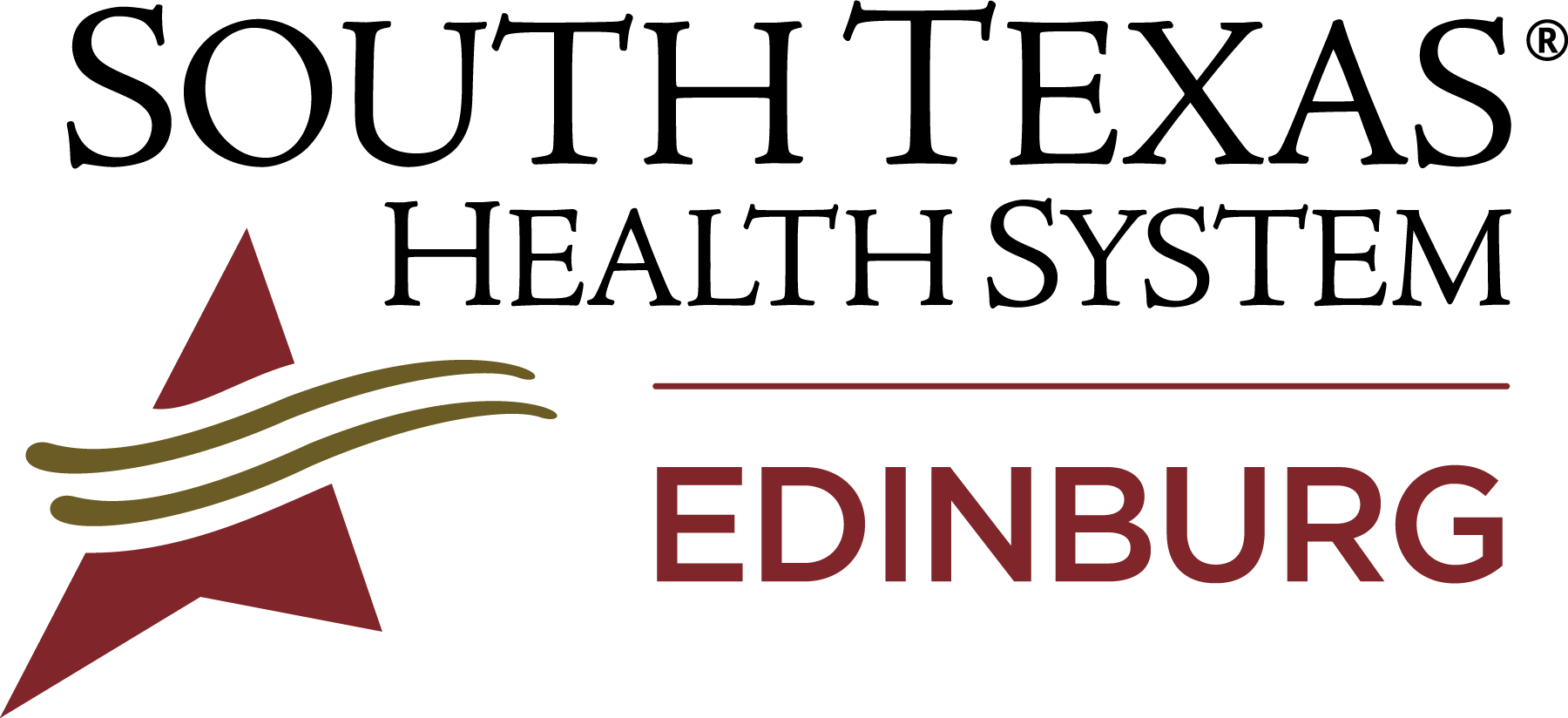Breast Care and Feeding Tips
Breast Care for the New Mom
Moms Who Bottle Feed
- Breast milk usually “comes in” between the second and fifth day after delivery.
- Use only water, no soap, to keep your breast clean. Always dry thoroughly. Heat “brings your milk in.” Turn your back toward the hot/warm water when you shower for one to two weeks.
- Avoid stimulation and heat to your breast.
- Wear a good supportive bra for two weeks. Avoid underwire bras.
Nipple Care
- Help prevent sore nipples by making sure your baby’s mouth takes in your nipple and part of the dark area around your nipple
- Support your breast with your hand throughout the entire feeding for the first two weeks
- Keep your baby’s nose close to, or touching, your breast throughout the entire feeding
- Breastfeed often (every two-to-three hours) so that the baby will suck more gently
Suggestions for Engorgement
- Apply ice packs to your breasts including armpit (substitute a frozen bag of peas or corn). Place frozen packs/bags over one layer of clothing for 15 minutes the return to the freezer. Repeat as needed.
- DO NOT massage your breast.
- DO NOT express milk from your breast.
- DO NOT take prolonged showers.
- Take pain medication, as prescribed by your doctor.
Feeding Your New Baby — Bottle Feeding and Breastfeeding
First Days of Life
- Be flexible with your feeding schedule. Your newborn baby will be hungry about every two-and-a-half to three hours but sometimes may go three hours between feedings.
- The newborn should not go longer than three-to-four hours from the beginning of a feeding until the beginning of the next feeding, until a weight gain pattern is established — usually in about two weeks.
- Allow your baby to eat as much as he or she wants. Newborn babies usually eat between one and three ounces at each feeding. Feeding generally lasts between 15 and 30 minutes.
- You may want to write down how many ounces your baby drinks each day to bring with you on your first visit to the doctor.
- Burp your baby after every ½ ounce of fluid.
Breastfeeding Information
How to Know Your Baby Is Getting Milk
When your baby begins sucking in a steady pattern with no pauses, listen for swallowing. Swallows mean your baby received milk.
| Before Breastfeeding | After Breastfeeding |
| Baby roots, sucks fist | No rooting or sucking on fists |
| Arms are tight at elbows | Arms relaxed at elbows |
| Fists are clenched | Fists are unclenched |
| Baby is active, fussy | Baby is relaxed and content |
| Mother’s breasts feel full | Mother’s breasts are softer |
How Often to Breastfeed
- Breast milk digests in about one-and-a-half hours. Babies are growing rapidly and need nourishment frequently-usually every two-to-three hours.
- Encourage your baby to breastfeed a minimum of eight times in a 24-hour period.
- Awaken your baby to feed if it has been three hours since the beginning of the previous feeding.
- Babies can sleep longer than three hours at night if they breastfeed often during the day and are gaining weight.
How Long to Breastfeed
- During the first few days after your baby is born, breastfeed for 5-10 minutes at each breast (sucking and swallowing time, not baby sleeping time).
- If your baby still seems hungry after nursing at each breast, it’s fine to offer each breast again.
- There is no need to end a breastfeeding (no matter what the clock says) if the baby is actively sucking and swallowing and breastfeeding is comfortable for the mother.
- After your baby is five days old and you have a full milk supply, time limitations are not needed. Nurse your baby on each breast as long as he/she is interested (usually 10-15 minutes), with cuddling time afterward to help your baby relax.
Helping Baby Latch On
- Help your baby to wake up in order to get him/her ready to feed. Remove the blanket and stimulate until he/she is “rooting” or a little fussy.
- Support your breast so that your nipple tickles your baby’s lips very lightly until his/her mouth opens widely. Then lift your breast to place your nipple over your baby’s tongue. Then pull him/her close to your breast. This will help your baby take your nipple and the dark area well into his/her mouth.
- After latch-on, your baby’s nose should be close to or touching your breast throughout the entire feeding. This makes it more comfortable for Mom and baby gets more milk.
Bottle Feeding Tips
- Refer to the manufacturer’s instructions for formula preparation and store. Whatever is not used at the feeding needs to be thrown away because it spoils once it has mixed with the baby’s saliva.
- Baby bottles should not be heated in the microwave oven.
- Follow manufacturers’ instructions to care for bottles and nipples.
- To feed your baby, place the nipple in the baby’s mouth. It should touch the roof of the mouth to stimulate the baby’s sucking reflex.
